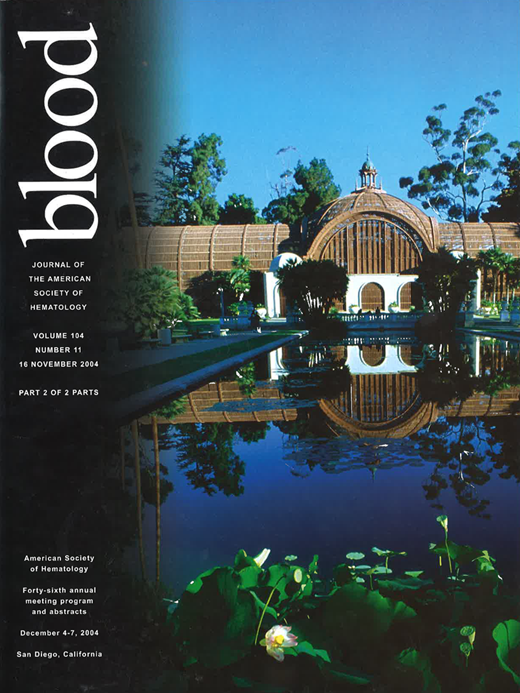Abstract
AMN107 (Novartis Pharmaceuticals, Basel, Switzerland) is a potent aminopyrimidine tyrosine kinase (TK) inhibitor, which is active at nanomolar concentrations against c-Kit, PDGFR as well as the wild type Bcr-Abl and common variety of mutant Bcr-Abl (e.g., M351T, F317L and E255V) TK. In a previous report, we demonstrated that treatment with the hydroxamic acid analogue histone deacetylase inhibitor LBH589 (Novartis) (20 to 100 nM) induces hsp90 acetylation and promotes polyubiquitylation and proteasomal degradation of Bcr-Abl, which is associated with apoptosis of the cultured Bcr-Abl expressing human chronic myeloid leukemia-blast crisis (CML-BC) K562 and LAMA-84 cells, as well as of primary CML-BC cells. In the present studies, we determined the cell cycle and apoptotic effects of AMN107 and/or LBH589 in K562, LAMA-84 and primary CML-BC cells. Treatment with AMN107 (20 to 100 nM) induced cell cycle G1 phase accumulation and apoptosis, exerting 10 to 20 fold more potent effect than imatinib mesylate (IM) in K562 and LAMA-84 cells. This was associated with marked induction of p27, inhibition of Bcr-Abl TK activity, as well as attenuation of the levels of p-STAT5, p-AKT, Bcl-xL, and c-Myc levels in a dose dependent manner. Co-treatment with LBH589 (50 nM) and AMN107 (100 nM) induced more G1 phase accumulation than either agent alone. The combination of AMN107 and LBH589 also exerted synergistic apoptotic effects in K562 cells, as determined by the median effect isobologram analysis. This was associated with more attenuation of the levels of pro-growth and pro-survival proteins, e.g., p-STAT5, p-ERK1/2, c-Myc and Bcl-xL, as well as greater induction of the levels of pro-death p27 and Bim proteins. Treatment of human AML HL-60 cells containing ectopic expression of the IM-refractory, mutant Bcr-AblT315I with LBH589 (50 nM for 24 hours) attenuated the mutant Bcr-Abl levels and induced apoptosis of HL-60/Bcr-AblT315I cells. Treatment with AMN107 (up to 2.0 μM) alone was ineffective in inducing loss of viability of HL-60/Bcr-AblT315I cells, and co-treatment with LBH589 (50 nM) and AMN107 did not induce more loss of cell viability of HL-60/Bcr-AblT315I cells than treatment with LBH589 alone. AMN107 levels ≥ 200 nM significantly inhibited survival of HL-60/Bcr-AblE255K and HL-60/Bcr-AblM351T cells. Consistent with this, the combined treatment with LBH589 and AMN107 also induced more loss of viability than treatment with either agent alone in 4 samples of IM-refractory primary CML-BC cells. These studies demonstrate that both AMN107 and LBH589 are active against IM-resistant CML-BC and the combination of the two exerts superior activity against IM-sensitive and IM-resistant, wild type and mutant Bcr-Abl expressing cultured and primary CML cells.
Author notes
Corresponding author

